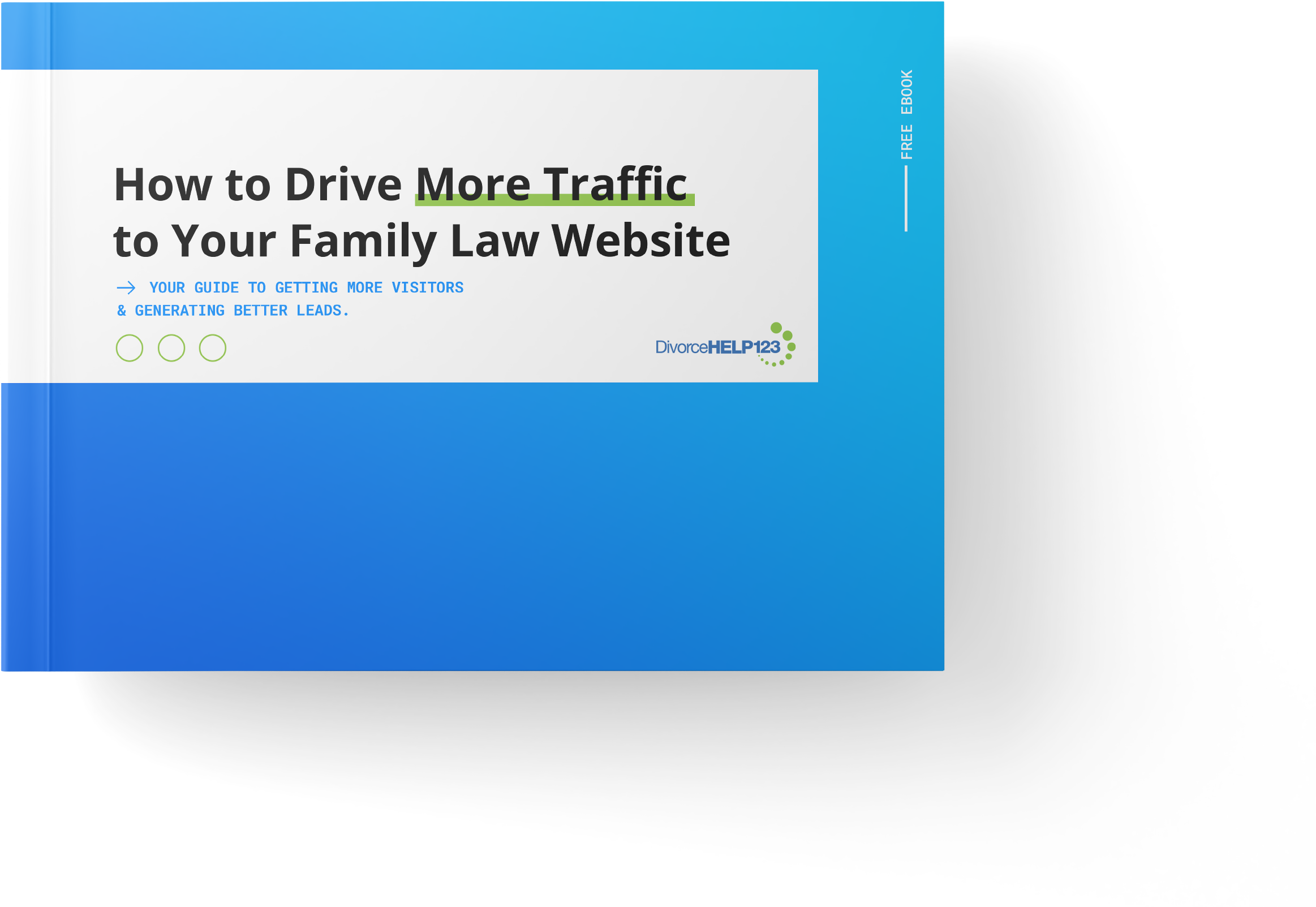The typical family law process multiplies an already stressful life event – divorce, that is – with several high-effort interactions.
When someone is going through what might as well be the most emotionally taxing experience in their life, the last thing they want is the added complexity of a demanding legal process.
And yet, that’s what most family law professionals end up burdening their clients with.
Let’s take a step back. What has become for most of us a regular day-to-day process can take a major toll on a client’s mental stamina.
In this article, we’ll go over why your family law process may be making you lose a big amount of clients, and, most importantly, what you can do to rectify that.
The problem with high-effort interactions
As outlined by major customer service firm Gartner, effortless experiences drive retention and recommendation among buyers.
In service-based businesses, such as family law, professionals often believe that they can get more clients by providing exceptional customer service that not only meets but exceeds client expectations.
However, exhaustive research shows that making life easy for clients trumps both quality service and exceeding expectations in generating loyalty.
In real-life scenarios, high-effort interactions have way bigger demotivating power than delighting experiences have motivating power.
As great and reassuring your service may be, clients will often want to avoid it altogether. The less they have to interact with your firm, and the least effort those interactions entail, the better.
Thus, while many strive to make high-effort interactions an exceptional experience, you ought to instead reduce or remove them.
Step-by-step: why your family law process is making you lose clients
Let’s look at two major parts of the legal side of a divorce: the intake process and the financial disclosure.
Both represent high effort interactions for clients, which increase stress and damage your relationship with them.
Initial Consultation Intake Forms
The very first part of your client’s professional relationship with you might as well be the last. Initial consultations can be challenging almost by definition, and you can’t spare the added complications of a high effort process.
The typical consultation involves completing intake forms and changing channels multiple times. For example:
- Find the forms on email or website, or pick them up at a law office
- Download
- Print out
- Fill out paperwork
- Scan, deliver, or mail
Consultations need to be effective to kickstart the divorce process. By burdening your client with high-effort steps, you scare them away before they even get a chance to get to know you.
Law firms that require several high-effort steps that involve channel changing convert fewer initial consultations into paying clients.
To better understand the issue with frequently changing communication channels, see our article on the 6 main reasons you aren’t getting the clients you want.
Financial disclosure submission
As you go through the family law process, courts will require exhaustive financial statements: highly detailed and itemized lists of children, expenses, assets, income, deductions, and debt.
On top of that, you’re probably required to provide market values, loans against assets, and equity calculations; as well as the methods and dates of valuations, any financial institutions involved, and calculations for totals and separate property.
And if (and when) some amount of time goes by? Then it’s time to redo valuations to calculate values and tinker with formulas all over again.
This is often a headache for family law pros. Even more so for clients. They’ll have to:
- Outline convoluted steps
- Manually go through assets
- Get a professional to valuate their properties
- Fill out forms and worksheets
- Work with lawyers and paralegals to collect additional data
- Go through error-prone data entry
- Clarify questions and complex legalese
- Copy and paste information from one source to the next
- And do it all over again when the data needs updating!
Even with top-of-the-line legal counsel and the best possible outcomes, this high-effort back and forth tires clients out, generates disloyalty, and reduces referrals.
What you can do about it: Low-effort, high-impact interactions
So, if high-effort interactions drive clients away, and the family law process inherently involves many of them, what is there to do?
Family law firms have the very challenging task of providing their website visitors, initial consults, and clients with a simple process with the fewest possible interactions.
That’s why law professionals have chosen to take a page out of the tech industry’s book and create a client-centered approach as their winning method to retain more customers, using a variety of apps software solutions.
Anything from digital calendars to office management suites is a noble effort in the digitalization of the average law practice. However, true low-effort software lifts the burden of navigating the family law process from both professionals and their customers.
DivorceHelp123: Bridging the gap between lawyers and clients
DivorceHelp123’s mission is to empower family law attorneys and their paralegals with the tools to provide their clients with effortless experiences.
Our set suite of family law software unlocks faster and easier financial disclosures, asset distribution scenario comparisons, child support calculations, and more.

